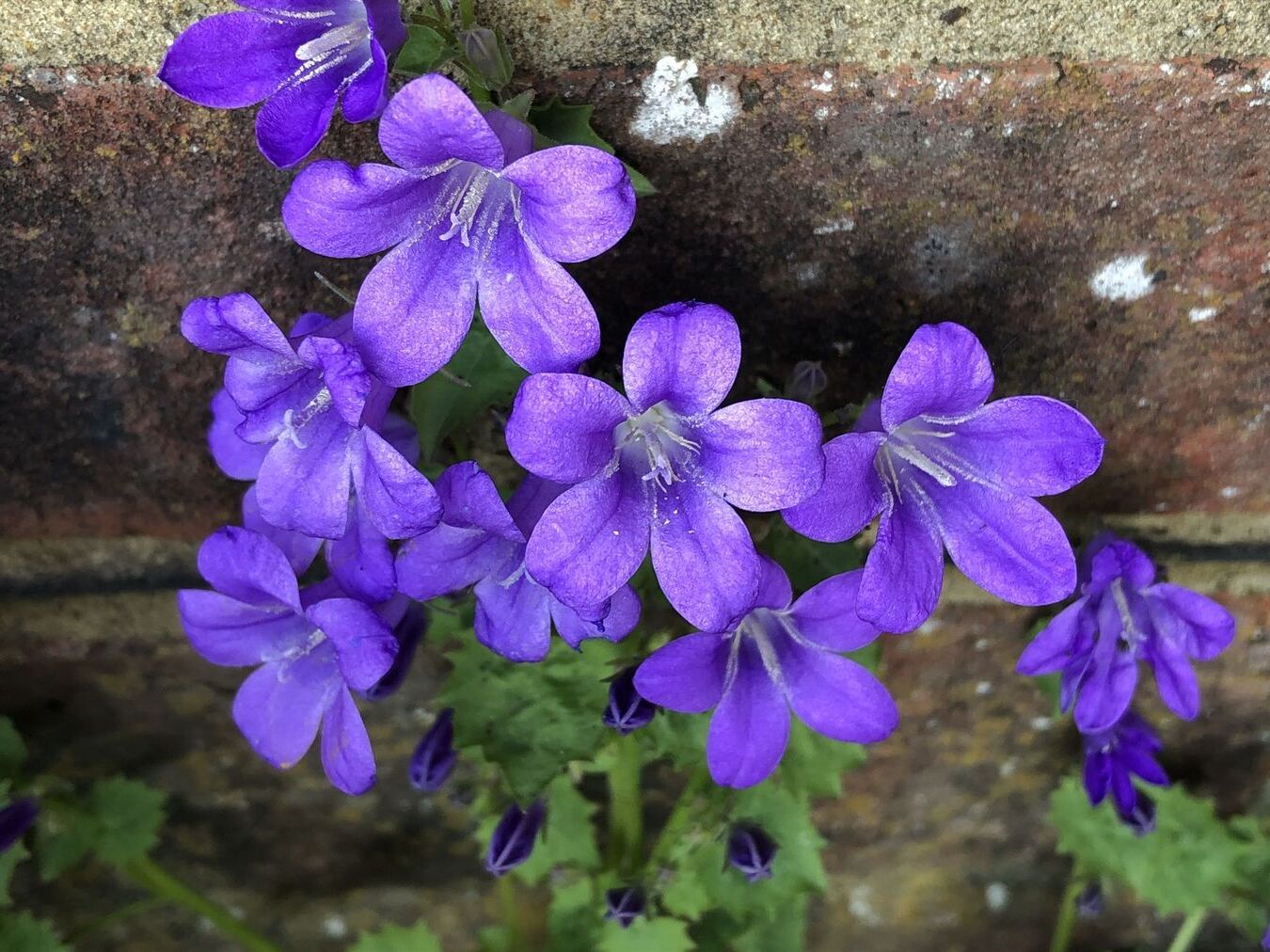
Rare plant species are nature's hidden gems, each with unique traits and adaptations developed over millions of years. These plants are not just interesting; they play a crucial role in maintaining ecosystems and could hold solutions to many human challenges. Did you know that about 36.5% of all land plant species are "exceedingly rare," observed less than five times? This highlights the urgent need for conservation. From the foul-smelling Corpse Flower to the water-storing Baobab tree, rare plants showcase incredible diversity. Sadly, two in every five wild plant species face extinction, making conservation efforts more important than ever.
Key Takeaways:
- Rare plants are unique and vital to our planet's biodiversity. With over 435,000 species, they offer incredible variety and fascinating adaptations, making conservation efforts crucial for their survival.
- From the Corpse Flower to the Baobab Tree, rare plants have captivating stories and economic value. Preserving these hidden gems is essential for future benefits and the health of our planet.
The Diversity of Rare Plant Species
Rare plants are nature's hidden gems, each with unique traits and stories. Let's dive into some fascinating facts about these extraordinary species.
-
Diversity of Plant Species: There are around 435,000 unique land plant species on Earth, with new ones discovered almost daily. This vast number highlights the incredible variety of plant life.
-
Rare Species Hotspots: Rare plants often cluster in hotspots like the Northern Andes, Costa Rica, South Africa, Madagascar, and Southeast Asia. These regions have stable climates that help these species thrive.
-
Exceedingly Rare Species: About 36.5% of all land plant species are "exceedingly rare," observed less than five times. This rarity emphasizes the need for urgent conservation efforts.
Unique and Unusual Plants
Some plants stand out due to their bizarre appearances or unique adaptations. Here are a few that capture the imagination.
-
The Corpse Flower: Known as the Titan Arum, this plant emits a foul smell like rotting flesh to attract pollinators. Its rare bloom and unique odor make it a fascinating study.
-
The Ghost Orchid: Found in tropical rainforests, this orchid thrives without leaves, getting energy from nearby trees. Its beautiful white flowers and elusive nature make it a rare gem.
-
Baobab Tree: Known as the "Tree of Life," the Baobab can store up to 100,000 liters of water in its trunk. This makes it a crucial water source in arid regions.
-
Welwitschia Mirabilis: This desert plant from Namibia has only two leaves that grow throughout its life, reaching up to 16 feet. Its resilience in harsh conditions is remarkable.
-
Monkey Puzzle Tree: With sharp, spiky leaves resembling puzzle pieces, this evergreen tree is tough to climb. Its unique appearance is an evolutionary adaptation to deter herbivores.
Plants with Economic and Medicinal Value
Many rare plants have significant economic and medicinal importance. Their conservation is crucial for future benefits.
-
Pernambuco (Pau Brasil): This endangered Brazilian tree is prized for its wood, used to make violin bows. Conservation programs aim to protect it from commercial extinction.
-
Hidden Carbon Storage: One quarter of the world's forest, shrubland, and grassland biomass lies underground, sequestering over 110 gigatonnes of carbon. Preserving these ecosystems is vital for combating climate change.
-
Medicinal Plants: Less than 15% of medicinal plant species are recorded in publications. Many people rely on herbal remedies, highlighting the need to preserve plant diversity for future medical advancements.
-
Trade in Medicinal Plants: The trade in medicinal plants has tripled in the past 20 years, with 75% still wild-collected. This underscores the urgent need for conservation to prevent resource loss.
-
Economic Value: Plant-based ecosystems are worth an estimated $145 trillion per year, providing food, medicines, raw materials, and environmental regulation.
Fascinating Plant Adaptations
Plants have evolved incredible adaptations to survive and thrive in their environments. Here are some intriguing examples.
-
Caffeine as a Pesticide: In coffee plants, caffeine acts as a pesticide, protecting the plant from insects and pests.
-
Bamboo Growth Rate: Some bamboo varieties can grow almost a meter (about 3.2 feet) in a single day, making it a valuable resource for construction.
-
Apple Composition: Apples float on water because they are 25% air, a unique trait that makes them fascinating fruits.
-
Poison Ivy: This plant produces urushiol, a skin irritant causing allergic reactions. Its chemical defenses protect it from herbivores.
-
Carnivorous Plants: Plants like the Venus Flytrap and Pitcher Plant eat insects and spiders to gain nutrients, showcasing specialized adaptations.
-
Fertilizers in Plant Growth: Fertilizers, including manure, help plants grow by enriching the soil with essential nutrients.
-
Gingko Biloba: This tree species dates back about 250 million years, making it the oldest living tree species.
Cultural and Historical Significance
Some plants hold cultural and historical importance, reflecting their deep connections with human societies.
-
Banana Origin: The word "banana" comes from Arabic, meaning fingers, highlighting its cultural significance.
-
Cabbage Water Content: With 91% water content, cabbage is one of the most hydrating vegetables.
-
Plant Matter and Coal Formation: Plant matter settling at the base of water bodies can turn into coal through metamorphosis, impacting Earth's geology.
-
Photosynthesis: Plants convert carbon dioxide, water, and minerals into food using sunlight, a process essential for life on Earth.
-
Tree Resin: Often containing plant material or insects, tree resin is valuable for various industries.
-
Oak Trees and Acorn Production: Oak trees produce acorns only after 50 years, highlighting their long maturation period.
-
Baobab Water Storage: The Baobab tree can store up to 120,000 liters of water, crucial during dry seasons.
-
Lightning Strikes on Oak Trees: Oak trees are more likely to be struck by lightning than any other tree.
-
Banana Clusters: A cluster of bananas, called a hand, consists of 10 to 20 bananas, known as fingers.
-
Cucumber Classification: Cucumbers are fruits, not vegetables, because they have seeds.
-
Elephant Grass: This African grass can grow up to 4.5 meters, tall enough to hide an elephant.
-
Raw Cucumber and Apple Water Content: Raw cucumber is 96% water, while raw apple is 84% water, making them hydrating foods.
-
Quinine Source: The drug Quinine, used to treat malaria, comes from the dried bark of a South American tree.
-
Snapdragon Flowers: These flowers resemble a dragon's mouth that opens and closes when squeezed.
-
Strawberry Seeds: Strawberries are the only fruit with seeds on the outside, averaging about 200 seeds.
The Importance of Conservation
Conserving rare plants is crucial for maintaining biodiversity and unlocking their potential benefits.
-
New Plant Discoveries: Around 2,000 new plant species are discovered every year, showing the vast array of plant life yet to be explored.
-
Plant-Based Ecosystems: These ecosystems are worth an estimated $145 trillion per year, providing essential services like food, medicine, and climate regulation.
-
Mpingo for Clarinets: Mpingo wood is used for 100,000 clarinets annually, but over-exploitation has led to its decline.
-
Pau Brasil Conservation: Conservation programs aim to protect Brazil's endangered national tree, prized for making violin bows.
-
Extinction Risk: Two in every five wild plant species face extinction, highlighting the urgent need for conservation efforts.
The Importance of Rare Plant Species
Rare plant species are more than just fascinating oddities. They play crucial roles in maintaining ecosystems, offering potential medical breakthroughs, and providing economic value. With around 435,000 unique land plant species, each one contributes to the planet's biodiversity. Hotspots like the Northern Andes and Madagascar are treasure troves of these rare plants, but many face extinction due to climate change and habitat destruction. Conservation efforts are vital to protect these species and the benefits they bring. From the water-storing Baobab tree to the medicinal Quinine tree, rare plants offer solutions to human challenges. Immediate action is needed to preserve these natural wonders for future generations. By valuing and protecting rare plant species, we ensure the health of our planet and unlock their untapped potential.
Frequently Asked Questions
Was this page helpful?
Our commitment to delivering trustworthy and engaging content is at the heart of what we do. Each fact on our site is contributed by real users like you, bringing a wealth of diverse insights and information. To ensure the highest standards of accuracy and reliability, our dedicated editors meticulously review each submission. This process guarantees that the facts we share are not only fascinating but also credible. Trust in our commitment to quality and authenticity as you explore and learn with us.


